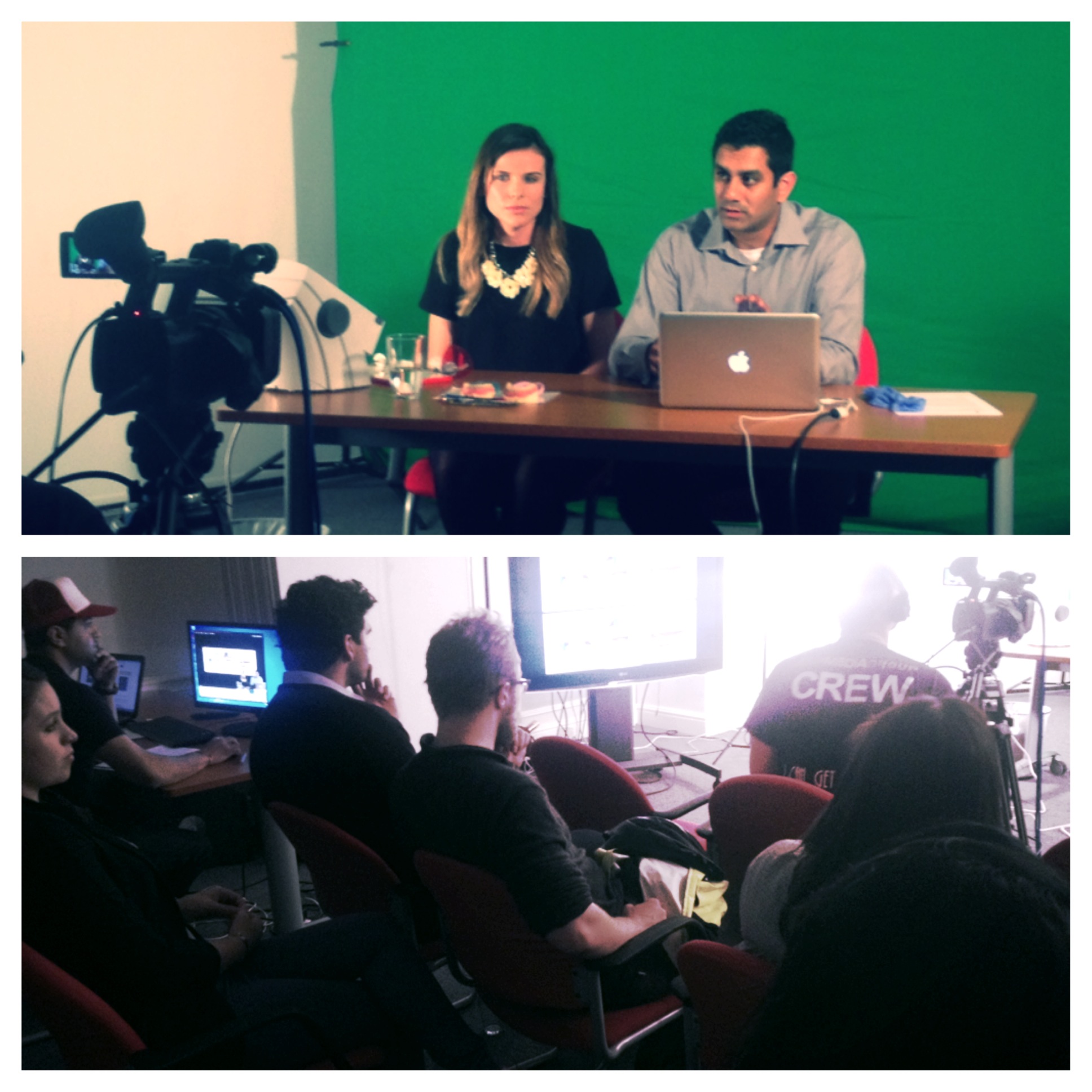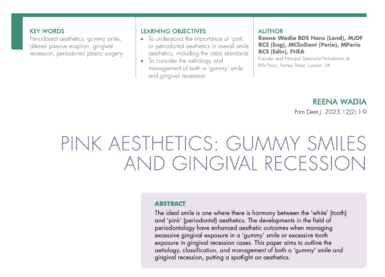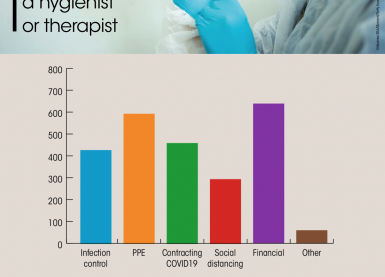Home/Articles
/ General Dental /
Reena’s Notes: TubulesLive with Dr Akit Patel – How to make successful impressions
September 5, 2014

- Quality of your final impression plays a major role in the success of the indirect restoration.
- Preparation of an ideal environment for the final impression is of paramount importance.
- 50% of crown and bridge impressions made by the GDP are clinically unacceptable (Winstanley BDJ 1997).
- Proper manipulation of the material (technique) rather than the type of material is important.
- Aspects to take into account: Tray selection, adhesion of the material to the tray, choice of material, how the material is mixed as well as applied and how the tray and material contacts the mouth.
- Remember, you can only reproduce what you can see! Therefore you may need to use gingival displacement techniques to displace the soft tissues.
- The aims of the gingival displacement techniques are to displace tissues in the most atraumatic way to allow the creation of space around the margin to capture the detail and limit tearing of the material.
- Gingival displacement techniques – mechanical (surgical suture, retraction cords, pastes/foams/gels), chemical (medicaments), surgical (rotary curettage, electrosurgery, laser). May use one or a combination.
- Physical – retraction cord – braided and knitted are most effective. Braided is more rigid and therefore stays in sulcus better. May also have a chemical effect if soaked in medicament. Use the largest sized cord possible. Single cord technique for equi-cervicular margins – do not remove. Otherwise use a double cord technique. Start packing the cord interproximally just in case you need to to overlap the cord slightly (sulcus usually wider interproximally). Application of cord easier when wet with medicament. Apply cord when wet with medicament – easier. Optimum time to leave the cord is 4-5 minutes.
- Chemical – use aluminium chloride for Impregum. Watch out for ferric sulphate as it may cause blue/black tissue discolouration especially under glass ceramics. All astringents interact with adhesive bonding techniques, therefore if use a chemical medicament prior to delivery of a restoration you need to clean surface thoroughly. This can be carried out effectively using the total etch technique.
- Insufficient retraction – may need 3 cords, use a retraction paste or use electrosurgery.
- Cord is made up of fibres and these can be incorporated into the blood clot and so when removed the wound can open. In this respect, retraction paste is better. However, paste is more difficult to apply.
- Trays need to be: rigid, metal, customised and non-perforated. Studies show the disposable stock trays are useless (Winstanley, Eur J Prostho 1999). Need to control the amount of material to control the amount of shrinkage and ensure it is uniform. Also need to respect the amount of elastic recovery so avoid compressing the material too much- for alginate 5-6 mm of space is ideally required and elastomeric 2-3 mm of space – this is easier when using a custom tray. Dorsal dam and occlusal stops control space. Good trays also facilitate easier removal.
- Block out if using Impregum.
- Always check your margins in crown and bridge work – check for a sharp, traceable and unbroken line.



